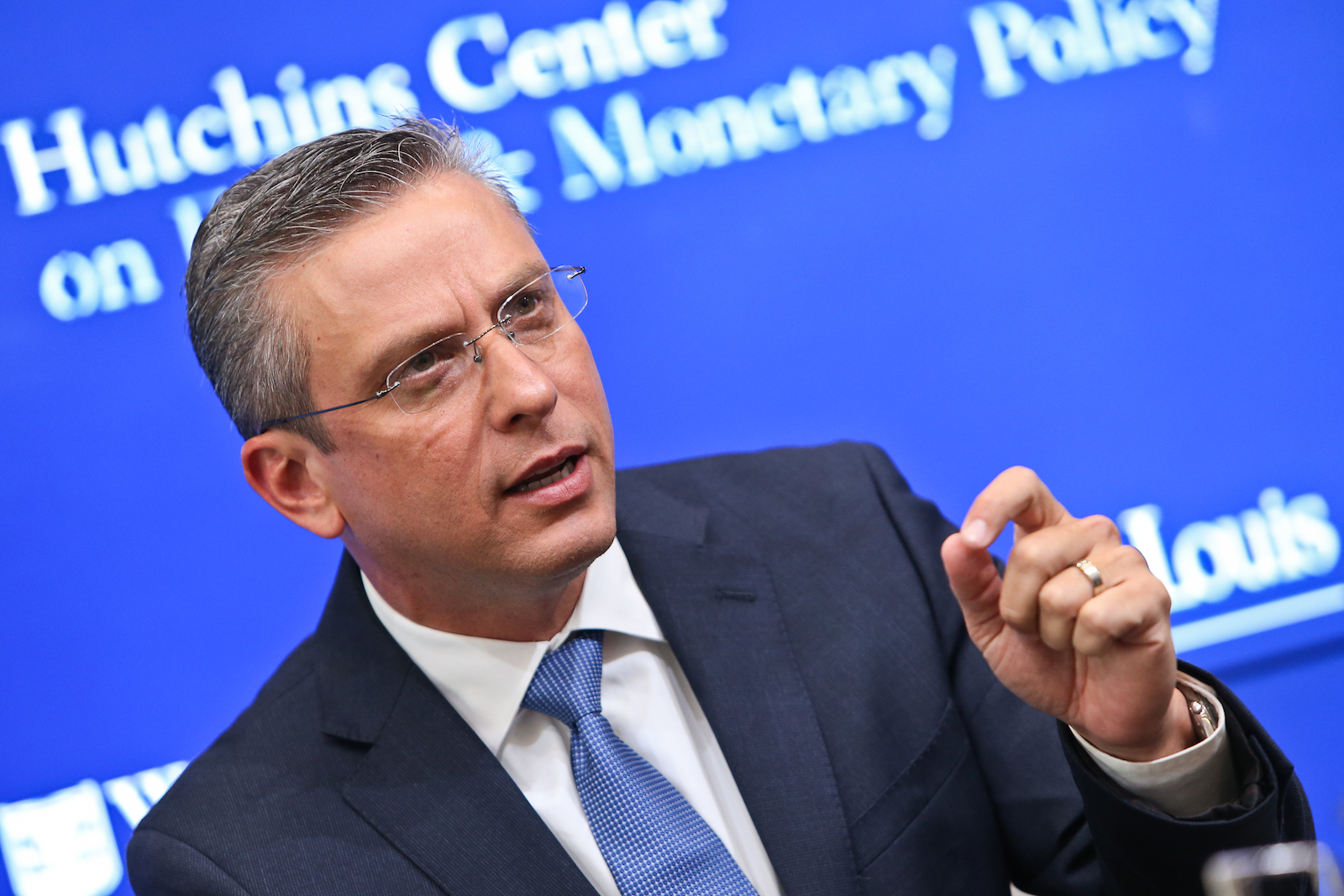
Business
Puerto Rico-Cuba Investment Corridor
The islands comprising the Spanish-speaking Caribbean, Cuba, the Dominican Republic and Puerto Rico respectively, not only have deep historical roots, dating to the colonial era, their paths to prosperity may very well be shared. Nowhere more so than in linking Cuba’s rapprochement with the U.S., which is driven by normalizing diplomatic relations combined with decade’s worth of pent up business and tourist interests, with the need to turn around Puerto Rico’s fortunes in a manner palatable to ‘bailout weary’ U.S. policymakers and beneficial to the Puerto Rican and Cuban people. The right policy strategy for the U.S. is not to treat Puerto Rico’s economic crisis, which is now in the hands of U.S. policymakers given the passage of the PROMESA act, and fully normalizing ties with Cuba, including lifting economic sanctions and closing Guantanamo, as two disparate challenges but rather as one opportunity.
Beginning in Cuba, where Havana is currently overwhelmed with a constant barrage of trade delegations from the U.S. mainland where English-speaking representatives from virtually every industry promise economic development in exchange for market access. When combined with managing the aspirations of 11 million Cuban people with the government’s desire to ease into a ‘new normal’ with the U.S. while maintaining their hard-fought independence, will be needlessly strained by the lack of cultural and linguistic similitudes between the counterparties.
Even with the best and most well-intentioned cultural and linguistic translators and the strongest business case, it will be difficult for the Cubans to accept an arrangement with anything less than lingering cold feelings after more than 50 years of mistrust of Yanquis. Despite this lingering suspicion, there is broad acknowledgement in Cuba, driven by the very real effects, including rolling blackouts, of the collapse of Venezuela’s oil-for-influence program, Petrocaribe, that it is time to drive real social and economic change on the island.
Where Havana is filled with hope and some trepidation about a brightening future, one island over, in the equally neglected U.S. territory of Puerto Rico, persistent storm clouds of economic collapse and massive outmigration linger on the horizon. A bright path for both Cuba and Puerto Rico can be paved by linking the U.S.-Cuba normalization process to Puerto Rico’s turnaround. The policy prescriptions to achieve this combined vision can not only leverage the natural cultural, linguistic and economic union between these compatriot islands, they may very well represent an all ship’s rising proposition garnering support in D.C., Havana and San Juan. To begin with, the overarching issue remains the economic sanctions that have been levied against Cuba since 1960.
This crippling economic regime has largely left the Cuban economy in the 1950s. While nostalgic charm may make for good tourism, it hardly translates into market-readiness for Cuba to frame its competitiveness in a hyper-connected global economy. To address the asset, talent and infrastructure gap that persist in Cuba, every dollar of foreign direct investment (FDI) must come with meaningful skills-transfer and connections that move the Cuban workforce up the value chain and the Cuban economy into the 21st century. Who better to shepherd this development than their Puerto Rican brethren.
Concretely, as the U.S. vacillates about how and when to fully lift economic sanctions, Puerto Rico and Puerto Rican registered companies that largely hire a local workforce should be granted an immediate waiver from the sanctions regime. Not only will this promote and accelerate natural trade and investment linkages, it will also attract inward investment into Puerto Rico, possibly spurring the repatriation of the more than 400,000 island residents who left during the last 10 years. Focused investments in the energy sector, financial and professional services, information technology, along with a broad array of industrial projects can promote meaningful linkages between the two islands creating much needed economic development, job creation and, critically, trust building. It would also create much needed regulatory clarity on how prospective U.S. investors can enter the Cuban economy, without facing punitive measures or other risks in Cuba or the U.S. This Puerto Rico-Cuba Investment Corridor (PRCIC) can be launched with a 5 to 8 year horizon, during which time the Cuban’s control the inward flow of U.S. investments, all channeled and with the meaningful involvement of trusted Puerto Rican counterparts.
U.S. mainland companies and existing Puerto Rican firms and investors wishing to take advantage of this corridor can also leverage a number of pre-existing investment promotion incentives and taxation advantages that are enshrined in Puerto Rican law. This includes, Acts 20 and 22 granting reduced income taxes for qualified individuals who take up residence on the island. Additionally, Puerto Rico boasts of a fledgling offshore financial center, which is the perfect staging ground for the much needed participation of the international banking and insurance sectors throughout the Caribbean basin. Puerto Rico’s development will not come at Cuba’s expense. On the contrary, business and investment stemming from the PRCIC would be received on the Cuban side with a series of preferential terms and conditions that benefit the Cubans in a shared manner. This would include the allowance of joint-ventures, cross shareholding and meaningful skills and technology transfer, including in potentially sensitive areas.
The PRCIC offers an orderly gateway toward transforming Puerto Rico’s financial prospects, while developing Cuban trade and investment linkages in a value enhancing and controlled way. Critically, it also sets the stage for fully lifting economic sanctions over a predetermined horizon and at a time when both Havana and Washington, D.C. are ready and trust is no longer forced in diplomatic circles, but experienced at all levels of politics, business and everyday life. The alternative approach will leave hordes of investors, tourists and business people at Havana’s gate with little prospects that the Cuban’s can either control or meaningfully gain from the oncoming tide. PRCIC controls the tide, assures economic and human development and builds upon the natural trust between Caribbean kinfolk.
